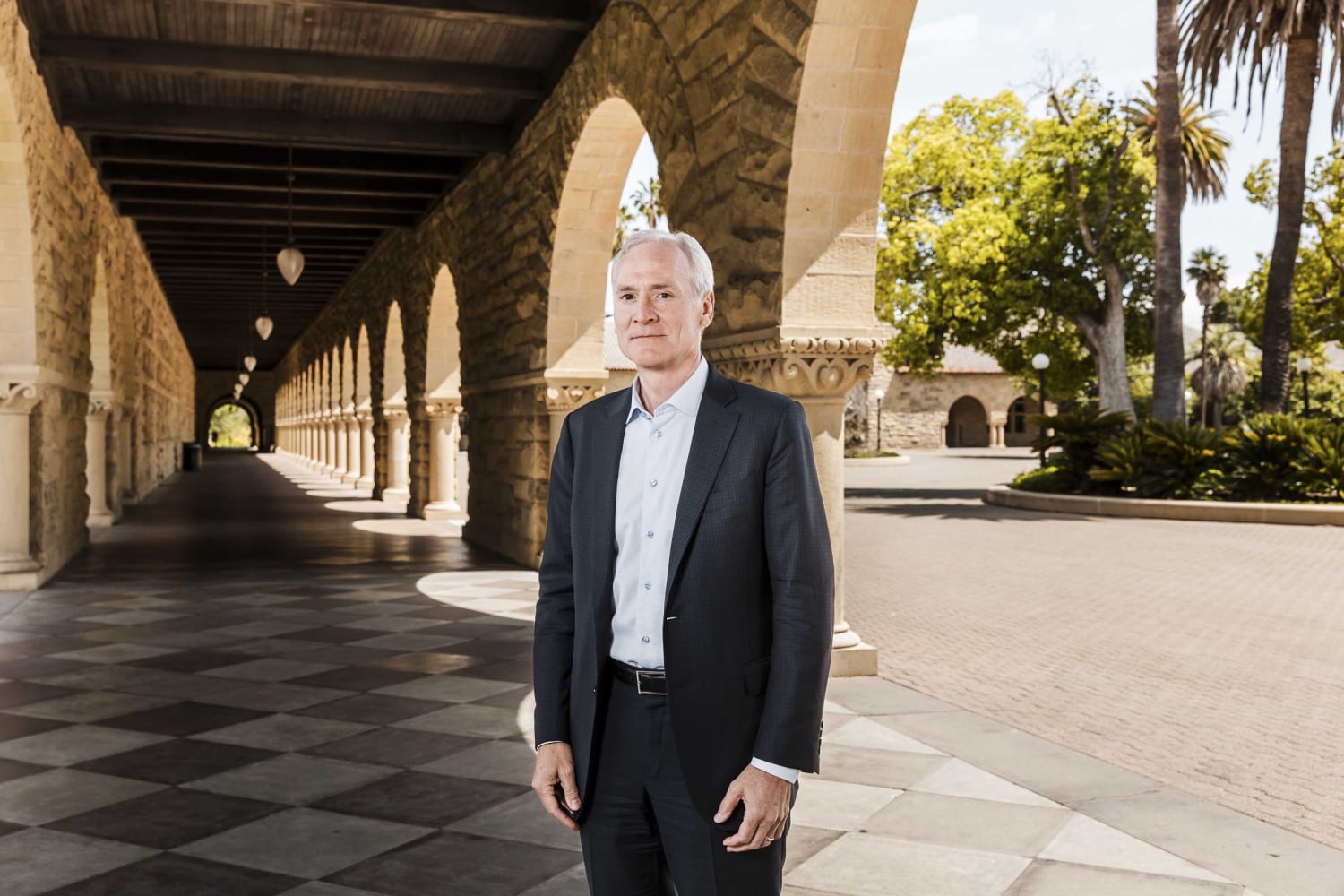[ad_1]

Stanford University president Marc Tessier-Lavigne announced Wednesday he will step down from that post next month following a probe of his past research as a neuroscientist.
In a statement, Tessier-Lavigne said he was cleared of “any fraud or falsification of scientific data” but “for the good of the University, I have made the decision to step down as President effective August 31.”
The board’s probe stopped short of accusing Tessier-Lavigne — who has been Stanford president since 2016 — of fraud, saying there’s no evidence that he “personally engaged in research misconduct.”
However, it was concluded that five papers, in which Tessier-Lavigne was a principal author, included work from “some members of labs overseen by Dr. Tessier-Lavigne” that had “either engaged in inappropriate manipulation of research data or engaged in deficient scientific practices, resulting in significant flaws in those papers.”
When these issues emerged, “Tessier-Lavigne took insufficient steps to correct mistakes in the scientific record,” according to the board’s report.
Tessier-Lavigne is a neuroscientist who has led several sprawling and productive research laboratories at University of California, San Francisco, the company Genentech and Stanford University.
Some of his most important work has focused on mechanisms that could be responsible for brain degeneration and diseases like Alzheimer’s.
Concerns over work by Tessier-Lavigne and his collaborators were posted online on the nonprofit website PUBPEER as early as 2015.
The website allows scientists to share feedback or criticism after a study has been published. PUBPEER allows anonymous comments.
In November, The Stanford Daily, the university’s student newspaper, broke the news that the European Molecular Biology Organization (EMBO) was reviewing a paper involving Tessier-Lavigne for scientific misconduct.
Elisabeth Bik, a scientist who investigates image manipulation and research misconduct, identified additional papers where she suspected image manipulation.
“The fact that he is stepping down has surprised me and I think it’s a good outcome,” Bik told NBC News on Wednesday, shortly after word of Tessier-Lavigne’s resignation came out.
“He should have supervised better. As a senior author in scientific papers, you’re not the person standing in the lab, but you’re ultimately responsible for the integrity of the work.”
Bik said errors and manipulations of data could be difficult to spot, but issues with images used in research could be the “tip of the iceberg” of untrustworthy work.
“The things that have been flagged, the image problems, those are the visible problems. If you see visible problems in photos, that might be a sign there are other problems you might not be able to catch,” Bik said.
“Any data that’s in the form or a table or a line graph or just some numbers, it’s much harder to know if it’s real or not. At least in photos we knows that’s real data. It, perhaps, could be the tip of the ice berg, a sign that the rest of the data cannot be trusted.”
The reporting by the Stanford Daily and questions raised by Bik eventually touched off the Stanford probe of Tessier-Lavigne’s body of scientific work.
In a statement posted on the Stanford University website, Tessier-Lavigne said he would retract three papers in which he was a principal author and make corrections to two others. Tessier-Lavigne will remain on Stanford’s faculty, his statement says.
Professor Richard Saller will serve as interim president of the prestigious Northern California university starting on Sept. 1, according to a board of trustees statement.
This is a developing story. Please check back for updates.
[ad_2]
Source link

